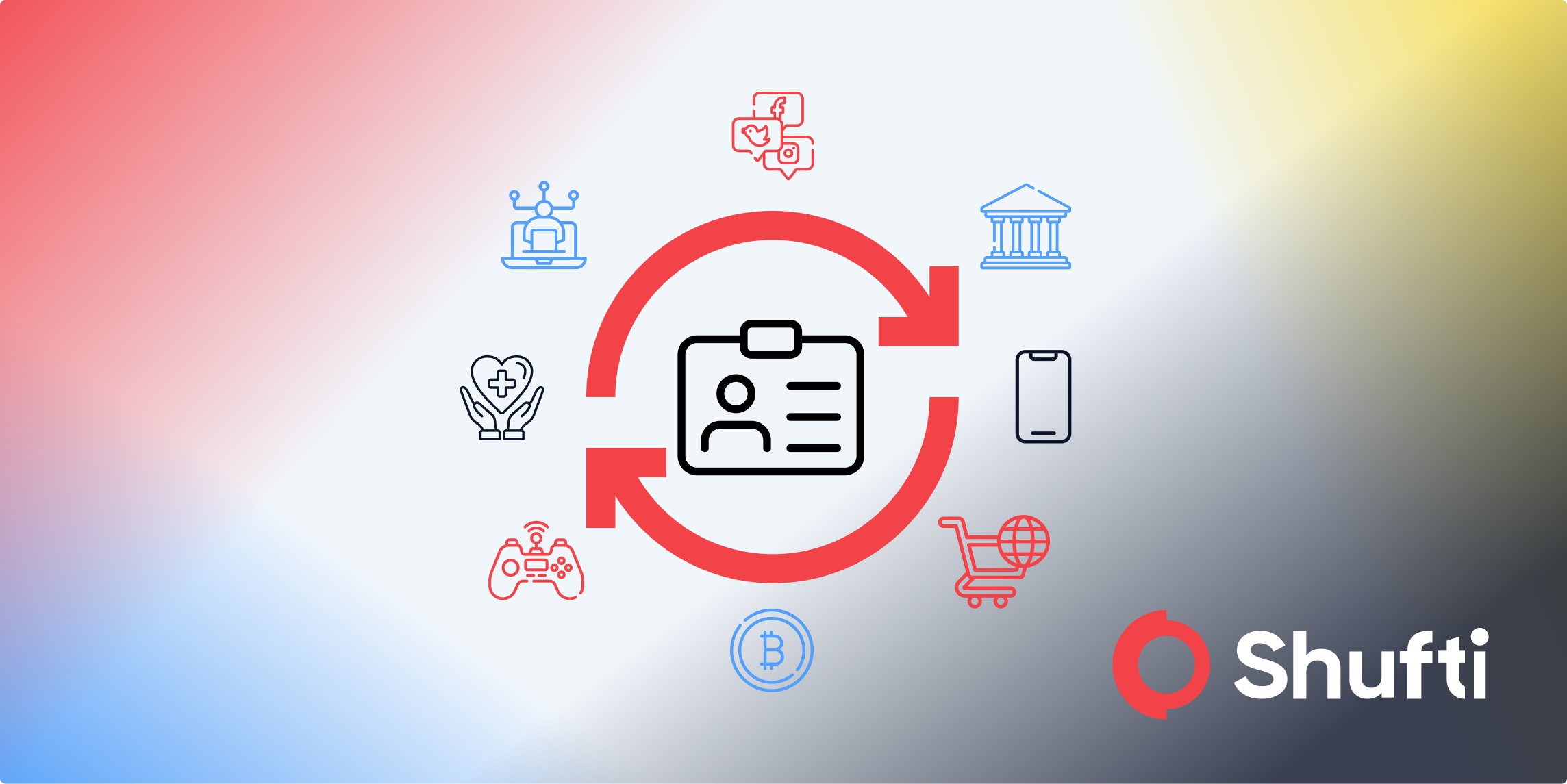How E-KYC is Overcoming the Hurdles of Financial Inclusion

The challenges associated with the global pandemic have risen at a bewildering speed and yet there are more than 1.1 billion people in the world without identity proof as stated by the World Bank. Subsequently, individuals are unable to access essential services such as healthcare facilities, social protection, and finance. One may assume that these concerns are much ado about nothing, but that is not the case. These issues have increased attention and awareness regarding financial instability across the globe. They highlight the need for dramatic advances in financial institutions to look towards solutions such as financial inclusion.
Presently, financial leaders have an excellent opportunity to shift towards more viable, feasible, direct, and socially acceptable ways. Doing so not only provides flexibility in unpredictable times but also shows that financial leaders value the world over profits.
What is Financial Inclusion?
Financial inclusion is a one-size-fits-all solution that ensures individual access to all financial services while establishing sustainable economic growth. The holy grail is to provide a meaningful contribution with the provision of financial products and services such as accounts, savings, and insurance. Therefore, financial inclusion is about providing affordable and appropriate monetary products and services.

Addressing the Digital Gap in Financial Inclusion
Addressing financial inclusion without discussing the digital barriers is a meaningless contribution. The most significant obstacle to financial inclusion is the lack of digital identification. Businesses must provide full access to financial services, no matter the challenges. All businesses must incorporate digital identity verification services so that the users who are “the base of the pyramid” are provided with frictionless services in the method they prefer. Mostly because technological advancements have paved the way to eradicating the gap in financial inclusion by diminishing the cost, mileage, and speed of providing monetary services.
The Challenges of Financial Inclusion
Online monetary services have an extraordinary likelihood of amplifying the delivery of financial services to broader society. According to the International Telecommunication Union report, there are four billion internet users, which means approximately 3.9 billion people are not online. Hence, it insinuates that there is enormous leverage in settling financial affairs digitally. Online financing can increase the annual GDP by up to 6% by the end of 2025.
Offshore Banking
An offshore banking service protects businesses from unsound banking systems, just like having banking insurance. It also shields established businesses from upheaval by bankrupt governments. Businesses can also be sure to stay away from frivolous lawsuits while having an overseas investment account. Furthermore, holding multiple currencies in offshore bank accounts streamlines the administration of cash.
Establishing an offshore bank account without E-KYC is as complex as the traditional onboarding process. Customers cannot open an offshore bank account or use financial services unless they have undergone Know Your Customer (KYC) verification.

Insurance
Insurance products and services are another aspect of financial inclusion that is the right of every individual, whether poor or rich. However, in the past, these products and services were available only with face-to-face verification. As a result, consumers could not transact their convenience, and their hectic lifestyles were further disrupted when wanting to purchase, update or cancel one’s insurance. Furthermore, customers had to rely on methods such as video calls and documents sent in the post for KYC verification.
Suggested Read: KYC For Insurance – Fraud Prevention with Digital KYC
These processes drain the energy of the customers as well as the energy of the insurance providers. Additionally, customers have to wait in long queues for documents which consume ample time. The service providers then undergo heaps of paperwork for every customer, delaying the onboarding process. Hence, it is a significant problem for both parties. The business can lose a potential customer due to the monotonous transaction experience.
Credit Card Providers
The complicated nature of credit card onboarding makes it a strenuous and extensive task for financial inclusion. The documentation, verification, and other delegations make information run back and forth between the customer and the service provider. Credit card providers undertake the entire process without any revenue generated and these stringent processes may cause the customer to run away deprived of valuable services.

The absence of automation in the identification process is because of the use of paper-based documents. Credit card issuers rely on documented KYC verification as compliance regulation, which results in a disoriented onboarding process. Subsequently, changing AML and KYC regulations have thrown a curveball at credit card providers, resulting in millions of losses.
Frauds are directly proportional to credit card issuance. The Federal Trade Commission report states that approximately 1.4 million cases occurred in 2018, stemming from a sum of USD 1.4 billion. Frauds are prevalent due to the lack of a safe and secure verification system, principally. The most adopted technique of fraudsters is “card-not-present” fraud.
Loan Services
Manual paper-based loan applications devise a lot of redundant work for lenders. These processes decrease performance and customer experience. Loan lenders are bound to perform KYC verification and run AML checks to ensure their customers do not violate AML/KYC laws. The trail of paperwork and verification further reduces the chances of providing quality financial inclusion. They are additionally prone to human errors and loan fraud.

Fraudsters easily manipulate loan providers by maneuvering their identities. The thieves only need a social security number and editing of their government-issued identity documents to acquire large amounts of loans. Loan lenders are unable to detect the loan until they demand loans and they get no response in return. These unethical violations are criminal offenses that destroy the financial and brand reputation of lenders.
Multiple Problems, One Solution
There is a massive increase in acquiring Electronic Know Your Customer (e-KYC) verification solutions, furnishing ease for the financial sectors. Shufti’s digital identity verification has not only eased the process of customer onboarding but also helped businesses comply with stringent AML and KYC regulations. Moreover, it has created a suitable atmosphere to overcome fraud and scams that have prevailed for decades. The digital onboarding process in an offshore bank account is the solution to attract new and faithful customers. Hence, financial service providers have been able to develop strategies to combat fraudsters through eKYC.
Shufti’s eKYC is the optimum solution to defeat the challenges of financial inclusion. It presents the provision of financial inclusion as a unique process, and all the relevant information is synchronized. Moreover, it is catering to the necessities of the digital world via online biometric and document verification. All an online customer has to do is upload their identity documents issued by the government along with a selfie and ta-da! Customers are verified in less than a second.
It All Boils Down To
E-KYC sets realistic expectations for individuals and businesses while it aims to provide financial inclusion to the vulnerable population. These vital financial services set goals for profit while maintaining higher personal standards. Other than these solutions, governments need to make uniform legislation and conduct active investigations to reconcile law enforcement.
Is your business addressing financial inclusion via e-KYC? If not, contact us!










